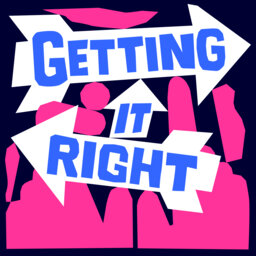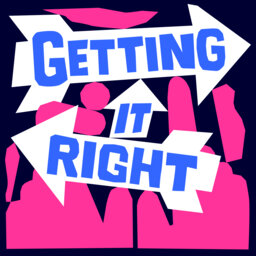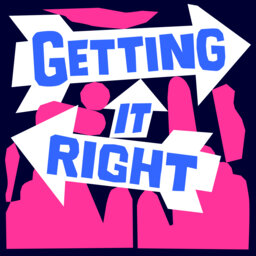The lack of leadership diversity has been item one on company board agendas for a while now. But has enough been done to enable diverse voices at the top of your organisation?
How can you re-design the seats at your leadership table?
Peter Mousaferiadis, CEO of Cultural Infusion and founder of Diversity Atlas can help you implement a “top down” approach, making sure your organisation’s culture is there to support it.
+++
Getting It Right is a Jobsbank podcast. It was produced by Deadset Studios and hosted by Rae Johnston.
To find your downloadable Getting It Right Guide click here. Visit the Jobsbank Resource Centre for more information on inclusive employment and social procurement.
CREDITS
Host: Rae Johnston
Deadset Studios executive producers: Kellie Riordan, Ann Chesterman, Rachel Fountain
Deadset Studios producer: Luci McAfee
Sound Design: Scott Stronach
We acknowledge Aboriginal and Torres Strait Islander peoples as the First Australians and Traditional Custodians of the land on which this show was made.
 Getting it right
Getting it right


